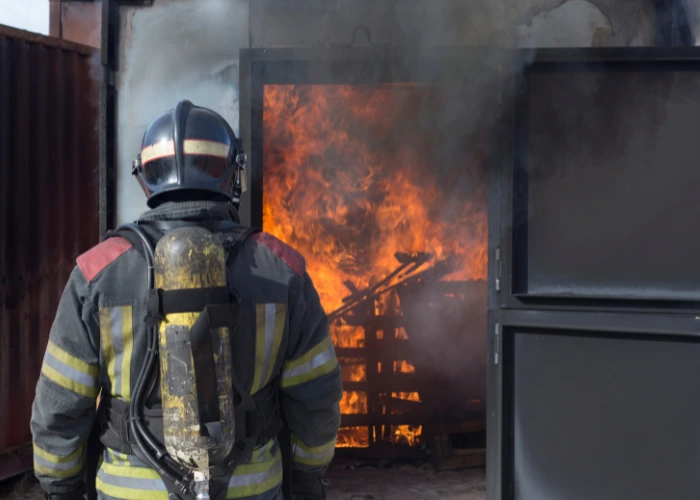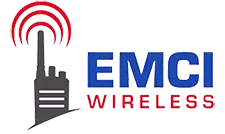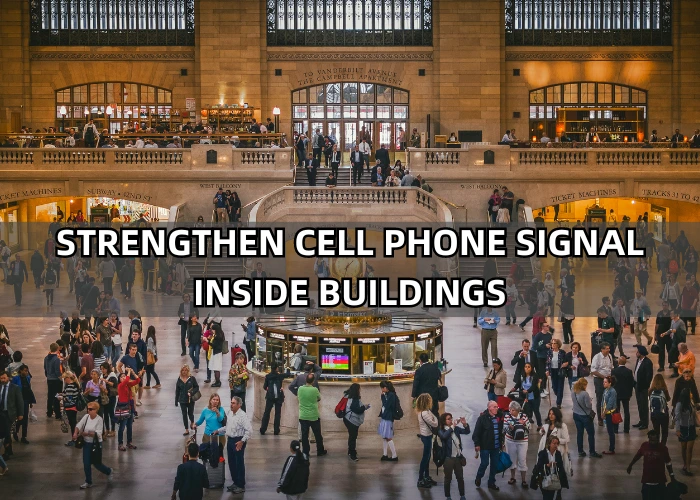Have you ever been inside a large building frustrated because your cell phone doesn’t work well? You may get a limited signal. Or worse, no signal at all. This is a big problem due to our reliance on our mobile devices. But the truth is that buildings can block phone signals. This makes it hard for businesses, workers, and visitors to stay connected. It can also cause safety issues. We need good signals to talk, use the internet, and get work done. And we need a strong signal to keep us safe, especially when in parking garages, alleyways, etc.
A solution to this growing problem is Distributed Antenna Systems (DAS). DAS helps spread the phone signal throughout the whole building, ensuring you can use your mobile device no matter where you may be. This way, everyone inside can use their phones better.
What is a Distributed Antenna System (DAS)?
A Distributed Antenna System (DAS) strengthens cell phone signals inside buildings and the surrounding area (i.e., roofs and parking garages). Here’s how it works:
- What is DAS?: It’s a network of small antennas placed throughout a building. These antennas catch and strengthen the cell signal.
- Why DAS? It helps people inside the building use their phones better and ensures you can get a signal when needed. It’s also important for EMS and fire first responders, who need clear communication to save lives. In the emergency space, first responders typically use a DAS called an ERRCS (Emergency Responder Radio Communication System).
There are three different types of DAS solutions.
- Active DAS: Uses electronic equipment to boost the signal. It’s great for very big places, like stadiums or airports. For example, these systems are designed to support big events like the SuperBowl. Think about it: there were over 61,000 fans in attendance at the 2024 game at Allegiant Stadium. Many people rely on cell service to post their tweets, share selfies, and let friends know how much fun they’re having at the game.
- Passive DAS: Uses cables and simple devices to spread the signal. Passive systems are good for smaller areas under 500,000 sq ft. These systems can lose signal strength over long distances.
- Hybrid DAS: Mixes active and passive components. It uses some cables and some electronic equipment. It’s a middle choice for medium spaces or tricky signal issues.

What are the Advantages of a Distributed Antenna System?
It may seem pretty obvious. The clear advantage of a DAS is that you have more reliable coverage despite brick and cement walls and steel structures that can interfere. But there’s more to it than that.
Here are the most common advantages of a DAS.
Improved Network Coverage
Whether at work or play, we are tethered to our mobile devices. And its no different when we’re in a large building. A DAS can ensure we don’t have to worry about dropped calls or slow internet in the basement or interior rooms.
Consider spending time with a loved one in the hospital or waiting in a waiting room. It can be frustrating when your phone doesn’t work. A DAS helps keep you connected and ensures those calls will go through. Stay connected in every corner of the building, even spots that didn’t have a signal before.
Better Data Capacity
Another common challenge in commercial buildings is sending data. With a weak signal, it takes longer for images or messages to go out, if they go out at all. Think back to our SuperBowl example. It’s pretty exciting if you can attend the big game. But it’s not so exciting if your messages don’t go through to your family or friends. With a DAS, everyone can stream, browse, and upload without slowdowns.
Scalability and Flexibility
You don’t have to invest in the very best DAS right off the bat. These systems can grow with you. You can start small and add on as your business grows or your needs evolve. New antennas can be added easily with no need to start from scratch. This flexibility makes DAS a smart choice for any building where technology may need to grow in the future.
Better User Experience
Many people think that the phone is their problem, especially when an important call doesn’t come through (or go out). But, in reality, the culprit is often the building or structure itself. By adding a scalable DAS to your commercial property, you create a better overall user experience. Everyone from shoppers to patients to employees to visitors will benefit. No more hanging out a high-floor window trying to get a signal.
Support for Emergency Services
Perhaps the biggest benefit of a DAS comes when keeping us safe. In emergencies, we need our first responders and law enforcement officers to have clear communication. In public safety, these antennas provide enhanced two-way radio service that evenly distributes the amplified signals. So, a DAS benefits more than just call phones. It improves two-way radio communication as well.

Thinking of Implementing a DAS? Here are Some Important Considerations
When setting up a Distributed Antenna System (DAS), not every building needs the most advanced setup that works with all carriers and frequencies. Knowing which cell carriers your staff and equipment use the most is where you need to start. This helps make sure everyone can talk and work without trouble.
Before installing DAS, there’s a lot to think about. Figure out which carriers are a must-have, how many people will use the system simultaneously, and where the signal is weakest. It’s also important to understand the layout of your building since that affects how the DAS will work.
There are technical and legal points to consider, too. Your DAS needs to work well with your chosen cell networks and follow all local building rules. This means ensuring the system fits your needs today and can grow with you as technology changes or more people use the building.
Ready to Improve Your Building’s Communication Systems?
Does your building have signal and connectivity issues? If so, it’s time to put that matter to rest. At EMCI Wireless, we’re experts in enabling and improving communications for business owners and public safety divisions across Florida.
If your employees and visitors are struggling with communication interference, it’s time to invest in a radio signal booster and distributed antenna system. In fact, the law in Florida may require it.
Request a site survey from EMCI Wireless today, and lets improve your building’s communications systems and connectivity.






